The play is based on a true story that took place in 1701, it is called the "Aso incident" (赤穂事件, Akō jiken), The daimyo Tsunayoshi Tokugawa (徳川綱吉) 1646-1709 ordered the daimyo of the Aso clan, Asano Naganori 浅野長矩, (1667 - 1701) to hold rites in the house of the shogunate, during the preparations, Aso struck with his wakizashi the rite attendant Kira Yoshinaka. This act was punished by seppuku, the daimyo died and his clan was dissolved and these samurai became ronins. Some of these ronin formed a vengeance with Oishi Kuranosuke leading them, they prepared and foiled the spies and vigilance of their enemy after 11 months. Then they came knocking and attacked Kira's house. They decapitate him with the tanto with which their master committed seppuku. They rowed Kira's head to Kira's grave at Sengaku-ji Temple (泉岳寺). They were sentenced to seppuku and were buried alongside their lord. They are the true samurai's eternal symbol of his loyalty, righteousness, and courage to lay down his life for his lord and in the face of death. The play does not respect the real story, the events take place during the Muromachi period (1333-1568) and the names of the characters have been changed to avoid shogunal censorship. The play takes place in 10-12 acts. This fiction added imaginary dramatic situations to historical fact. Thus in this print, it is the fictional character Oboshi Yuranosuke 大星由良之助 and not Ōishi Yoshio (大石良雄, April 24, 1659 - March 20, 1703) who was the steward of the Aso clan who is represented in a scene with his son who holds the tanto with which their late master committed seppuku. Utagawa Kunisada (歌川国貞, 1786- January 12, 1865) also known as Utagawa Toyokuni III (三代歌川豊国) was one of the most popular ukiyoe painters of the 19th century and also one of the most prolific and most successful financially, ahead of Kuniyoshi 国芳 and Hiroshige 広重. Utagawa Kunisada was born in Edo in 1786. His father, who died the following year, was an amateur poet of low reputation. He was accepted around 1800 as an apprentice by one of the greatest masters of woodblock drawing, Toyokuni. He began by making prints of actors, Bijin-ga, sumo-e, landscapes and warriors. He also produced a large number of shunga (erotic prints). He is said to have produced over 20,000 prints. In 1844-1845, Kunisada Utagawa changed his artist name, taking the name of his master, Toyokuni, and thus became Toyokuni III. He died in Edo after having trained several students like Toyohara Kunichika 豊原国周 and Utagawa Kunisada II 歌川国定.






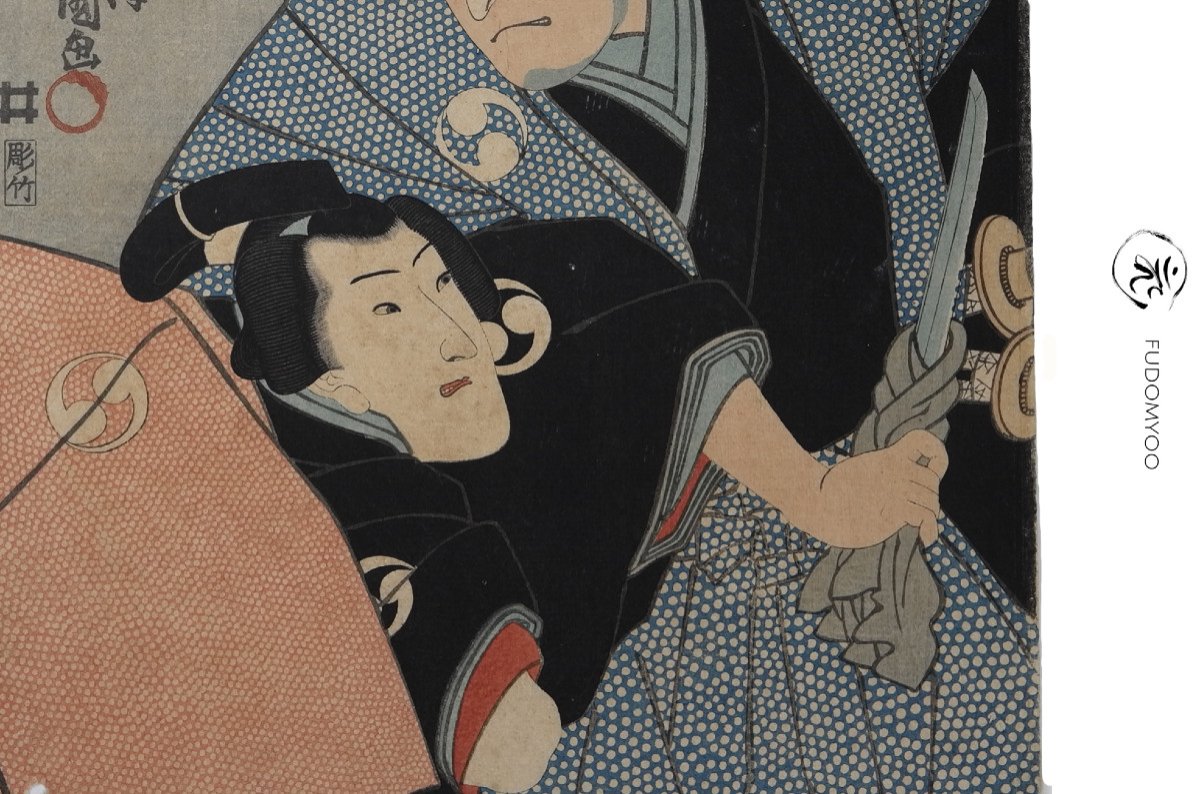
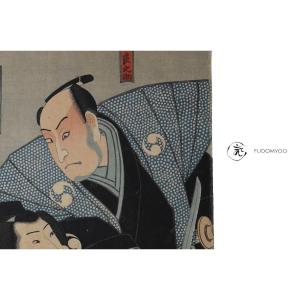







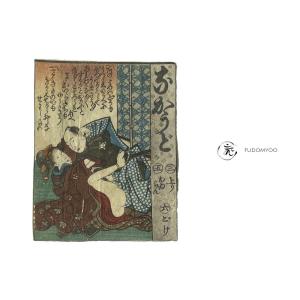


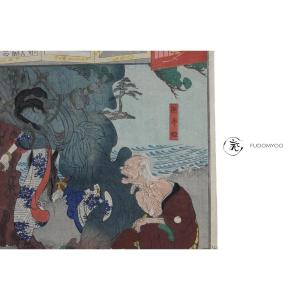
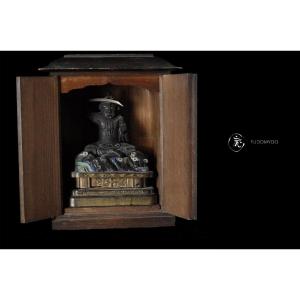
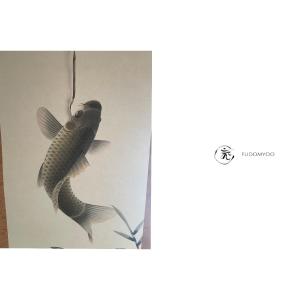
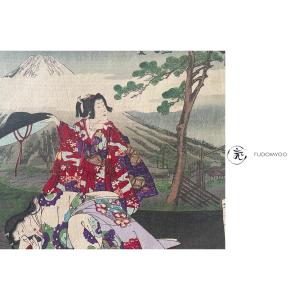
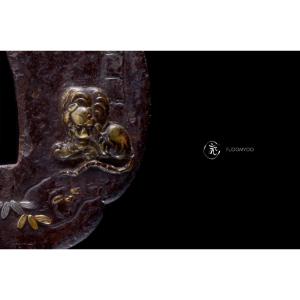
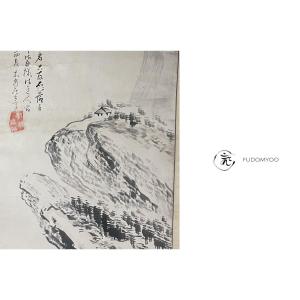
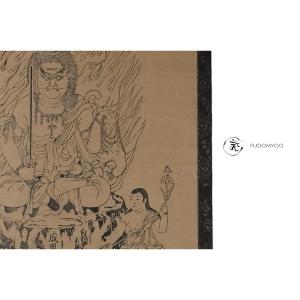
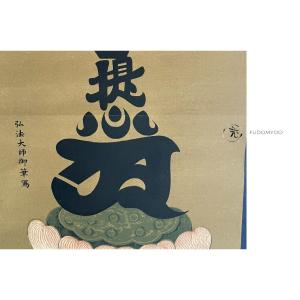
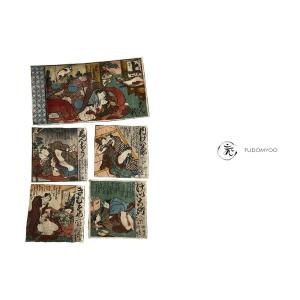
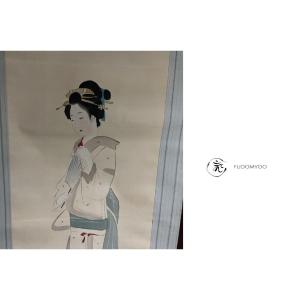

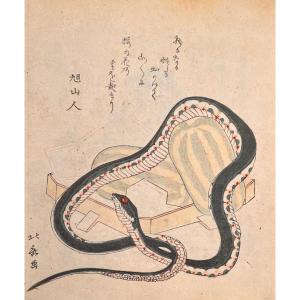
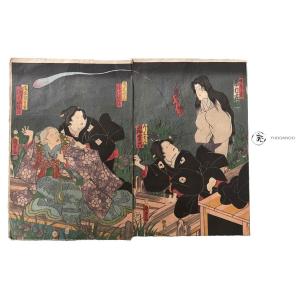

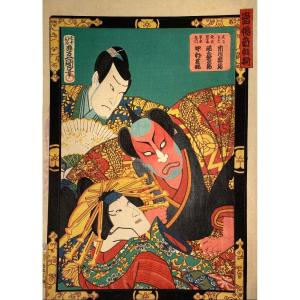



 Le Magazine de PROANTIC
Le Magazine de PROANTIC TRÉSORS Magazine
TRÉSORS Magazine Rivista Artiquariato
Rivista Artiquariato